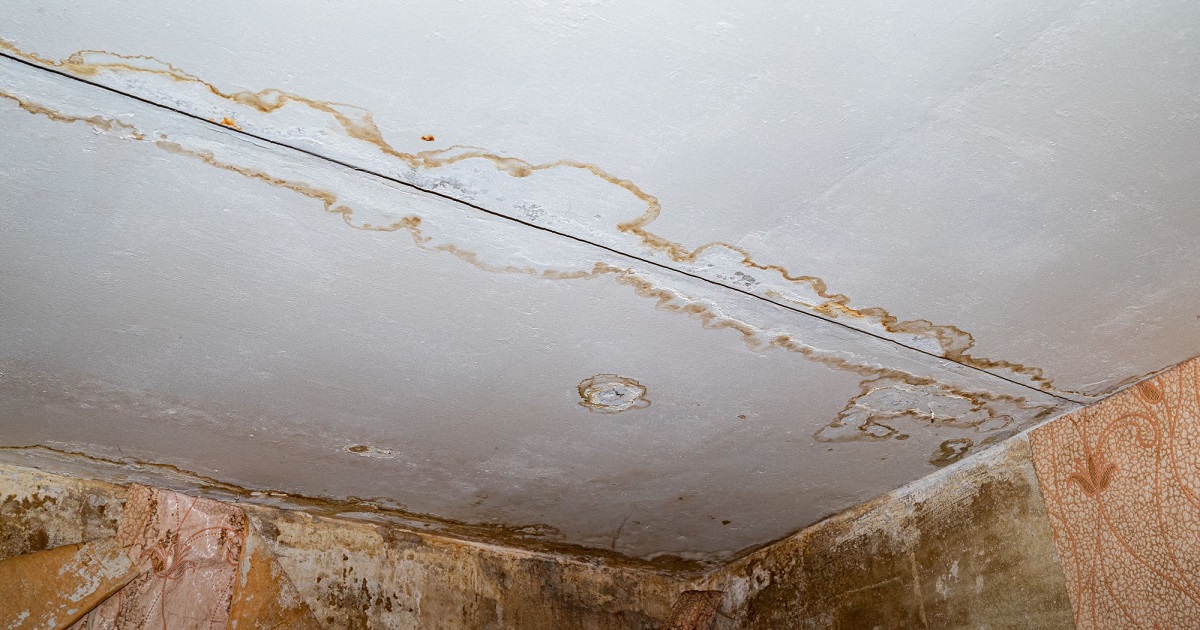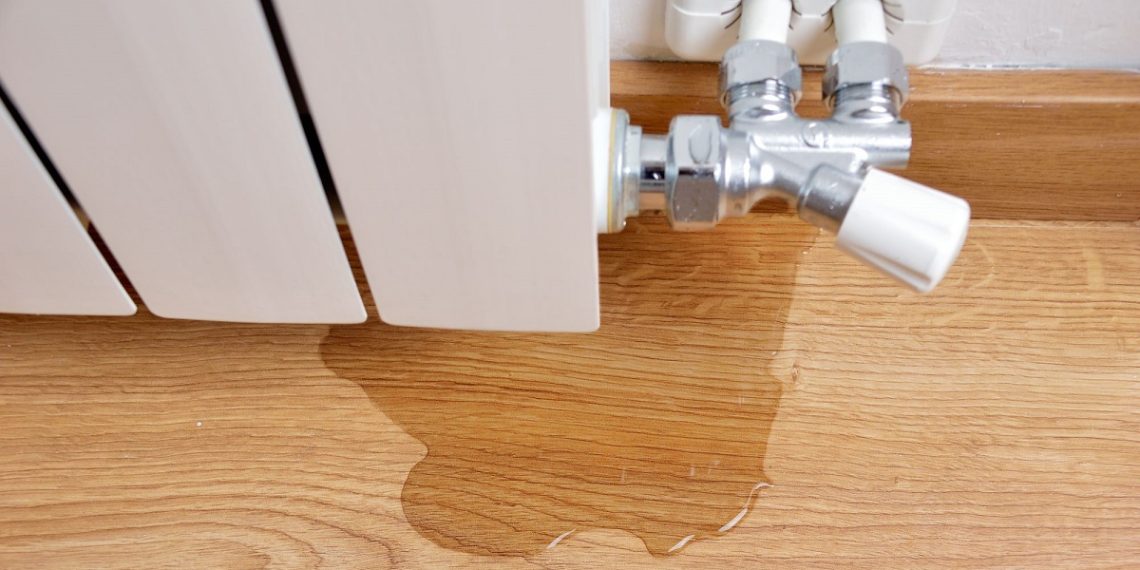Have you ever heard running water when all your taps are off? It could be a sign of a water leak in your home. Detecting and repairing water leaks is essential for maintaining your plumbing system and utility bills.
Fortunately, with some simple tips and tricks, you can become an expert in detecting hidden sources of water leakage around your house. And for professional assistance, you can view all the services here https://firstclassplumberswexford.com/services they provide customers in County Wexford. Keep reading to learn more.
Effective Ways To Find Water Leaks In Your Home
One of the most common home maintenance problems is water leaks. Your property might have faulty plumbing, aging appliances, or cracks in your house’s foundation.
The following proactive steps can help detect a water leak at home:
1. Monitor Your Water Meter
The first step in detecting plumbing leaks at home is to monitor your water meter. It can help you identify any sudden increases in usage and pinpoint where the leak may be coming from. You can start by locating your water meter and reading its dials or digital display.
Your water meter should indicate your average daily or monthly consumption. A leak could be somewhere on your property if the figure is higher than expected.
2. Analyze Your Water Bill
The next step to detect potential water leaks in your home is to analyze your water bill. Look at your monthly statements and assess your water consumption monthly. If you notice an unusually high number, it could indicate a leak somewhere in your house. Paying attention to the amount and the rate you’re being billed for usage is essential.
If there appears to have been an increase in what you owe from one billing cycle to another, it warrants further inspection. You can also contact reputable professional plumbing companies, such as Best Plumbers Club or similar ones in your area, to assist you in finding out where the problem lies. They can fix water leaks as soon as possible before it becomes more serious.
3. Conduct A Water Pressure Test
After a visual inspection, the next step is to conduct a water pressure test. It’ll help identify hidden leaks and detect areas where water may leak from your home.
- Below are steps to guide you:
- Start by turning off all faucets in the house.
- Next, shut off the main water supply valve outside your home.
- Attach a water pressure gauge to an outdoor spigot or hose bib connected to your home’s plumbing system.
- Open the main supply valve slowly and look at the reading on the gauge. You should see a reading between 20 and 80 psi (pounds per square inch).
If it falls below 20 psi or rises above 80 psi, it could indicate issues with your home’s plumbing system. Leaky pipes can cause low pressure, while clogged pipes cause high pressure. Make sure you take note of these readings to address the problems appropriately.
After taking accurate measurements, turn off the main supply valve again and open each faucet one by one while monitoring the pressure readings on the gauge. If you notice a drop in pressure after opening one or more faucets, a water leak is likely somewhere within those lines, needing further investigation for repair. For water line repair Roanoke call Roger’s Plumbing & Trenching.
4. Look For Signs Of Mold And Mildew

Mold and mildew are common signs of water leaks in the home. It’s best to look damp and musty-smelling areas. You can also check for discoloration around windowsills, basements, attics, and bathrooms. Ameri-Dry Waterproofing Experts protect your home effectively.
Inspect any dark spots on walls or ceilings, as this could indicate a problem with moisture building up behind them. If you find mold or mildew, it’s essential to act quickly with Water Damage Restoration Company Toms River NJ to prevent further damage from occurring. In such cases, you may need to fix ceiling water damage to stop the issue from worsening and avoid costly repairs in the future. You’ll find top-rated Water Damage Restoration Service Near Me online now.
5. Conduct A Toilet Dye Test
Conducting a dye test on your toilet can help detect water leaks. You can do this by pouring several drops of non-toxic food coloring into the toilet tank and allowing it to sit for 15 minutes. After that time has passed, check to see if any of the coloured water has made its way into the bowl without flushing. If so, a leak is likely within the tank’s flush or fill valve.
Following these steps can fix this issue:
- Shut off the water supply line to and from your toilet’s tank.
- Next, remove both valves and inspect them closely for signs of wear or damage.
- Depending on how severe it is, you can replace one part rather than both entire valves.
When reassembling everything afterwards, ensure all connections are tight and secure before turning back on the water supply line.
6. Check Your Appliances And Fixtures
It’s crucial to check for water leaks in your home. You can start with the appliances and fixtures. To detect potential leaks, you must inspect all areas of your home that regularly have any contact with water.
Here are four steps you can take to investigate your appliances and fixtures:
- Check faucets for steady drips or leaking pipes.
- Inspect washing machine hoses for cracks or bulges.
- Replace showerheads if they appear rusty or corroded.
- Look out for signs of condensation around dishwashers or refrigerators. It could indicate a slow leak from either appliance.
If you find any suspicious spots while inspecting your appliances and fixtures, it’s best to call a professional plumber immediately. They can assess the damage and fix any issues quickly before they lead to more significant problems like flooding or structural damage in your house.
7. Inspect Your Foundation Walls For Leaks
The first step to detecting water leaks in your home’s foundation walls is to check for any visible signs of cracking. Begin by examining the exterior side of the wall, looking closely at areas where the mortar and bricks meet. Any cracks or gaps that appear more than a few millimeters wide could indicate a leak in your foundation wall.
You can look for small fissures in foundational walls. If you notice leaks close to them, you must address them promptly before they worsen over time. Be sure to contact a long beach water damage restoration professional if you suspect there might be hidden damage lurking beneath the surface.
Conclusion
Finding water leaks in your home can be daunting. Luckily, you can take some simple steps to detect them early on. By checking your water meter, monitoring your water bill, conducting a pressure test, and dye testing the toilet, you’ll find potential problems quickly and easily.
If you’ve taken all the measures mentioned above and still haven’t found the source of the leak, it’s time to call a professional plumber. They’re experienced at seeing the most hidden water leaks and can help you quickly. By taking measures, you can save yourself from unnecessary costs later.


